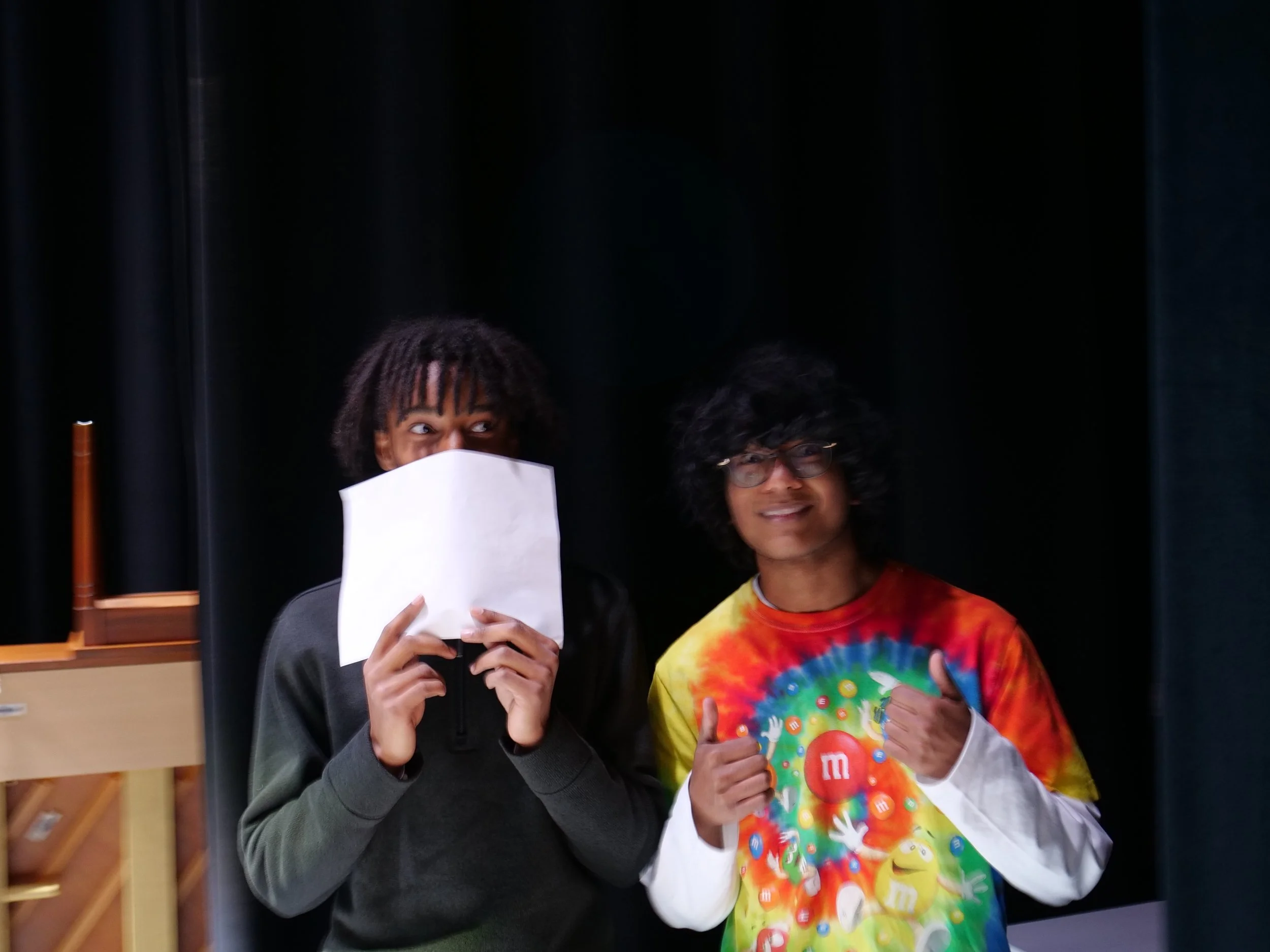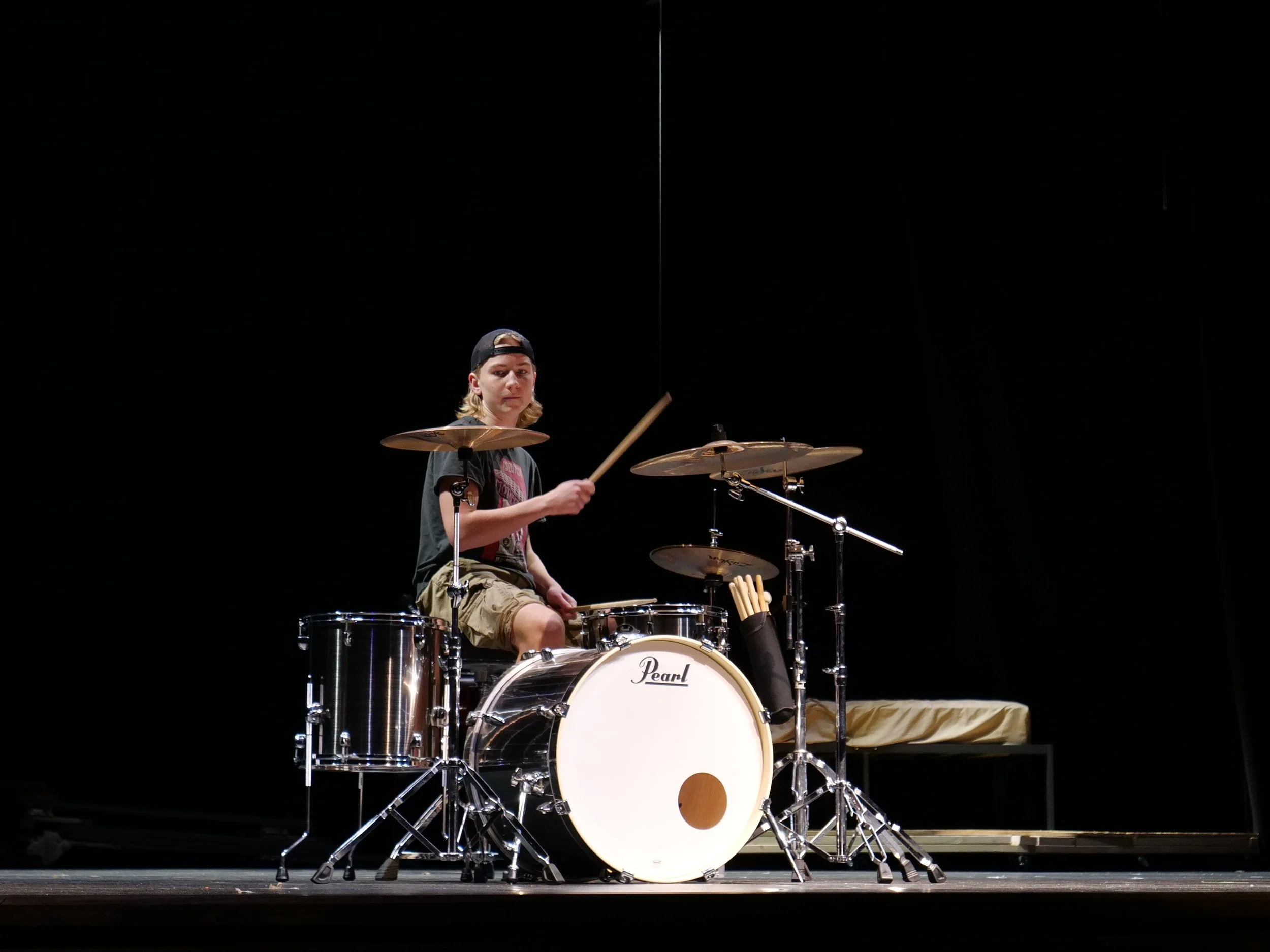Organizing My School’s First Talent Show
This past December, I was able to organize my high school's inaugural Talent Show. As a president of the school’s Music Club, this was something I had been anticipating for the entire semester. I’ve had no previous experience putting on a live show, so naturally, I was beyond excited for the event as I would get to plan an entertaining school gathering and perform as a dancer in front of my friends.
After advertising around the school, we had well over two dozen acts show up to audition. The auditions were never meant to be intimidating, as they were primarily–in the words of the club’s teacher sponsor–“a way to politely discourage anybody who would otherwise embarrass themselves.” Very few–if any at all–made that list of potential embarrassments, so we amassed a strong setlist for show day.
However, despite our excessive roster, acts began to drop out days before the performance. We had gone from well over two dozen to barely a single dozen acts that held on to their commitment. On the day of the show, I was tremendously underwhelmed when I saw almost half of our initial setlist had abandoned the performance. I was shocked to see that even a close friend of mine was now absent from the list.
During soundcheck, I decided to contact many of the acts who had dropped out in effort to recover the performers we had lost. I came to know that my friend who had removed himself from the show had stayed home sick from school that day, but after I called him three times, left two voicemails, and sent over six text messages, was willing to attend for his performance. Although I asked about his symptoms and determined it was safe for us all for him to perform, coercing his attendance was likely a bit reckless in retrospect.
After hours of pulling strings, we both made it backstage and were waiting to perform. As it was the first time putting on a show for us all, we spent most of our time tweaking the sound system between performances. As we were all backstage, our judgment of the acoustics was based on what our friends in the audience and the performers on stage told us, so we had to basically gamble with the sound system and tweak it without ever hearing it.
Once I got on stage for my own performance, I faintly heard lush piano chords in the distance. Of course, my Bollywood choreography was not meant to pair with the ballad that played through the speakers. In an attempt to turn the technical difficulty to a lighthearted moment, I bowed sarcastically as if my performance were done and waited for my intended track to play. Once my track began to play, I was disappointed to hear that despite running a sound check before the show, the sound quality was–for lack of a better word--horrible. The track was incredibly quiet and there was a filter on the track that cut off the high and low frequencies, leaving just the mids and excluding the vocals and percussion. At this point, I was dancing to an unfinished instrumental. Because I could barely hear the music, I was dancing to a metronome in my head, praying that I was maintaining an actual rhythm.
Putting on my first show taught me far more than I had expected. Not only did it teach me the value of commitment and that it is not always guaranteed, but it taught me how to perform through the excruciating fear of not hearing the music you’re performing to. Despite the countless technical difficulties, scheduling obstacles, and attendance deficits, our school’s inaugural talent show was an experience I was proud to lead, and I’m beyond exhilarated to do it again next year.






